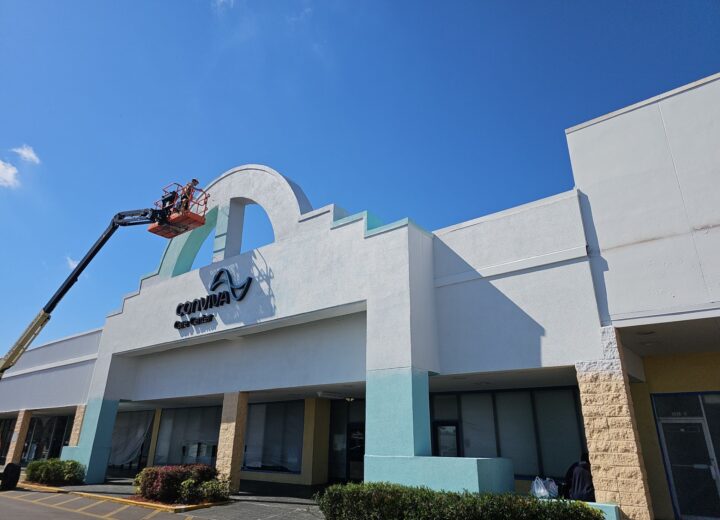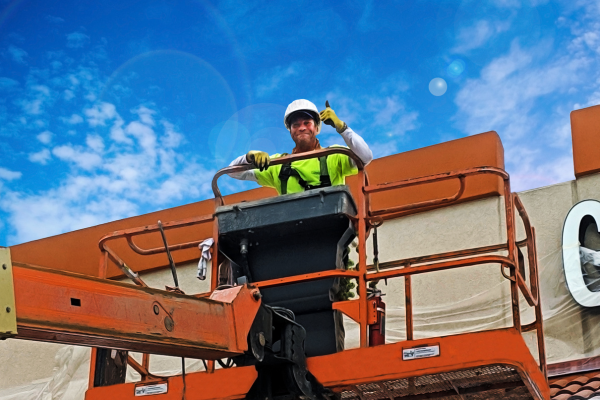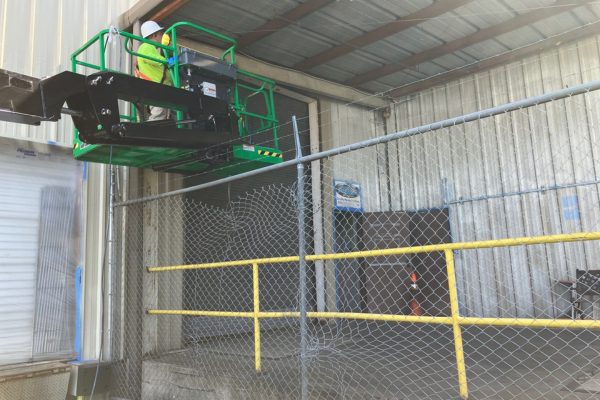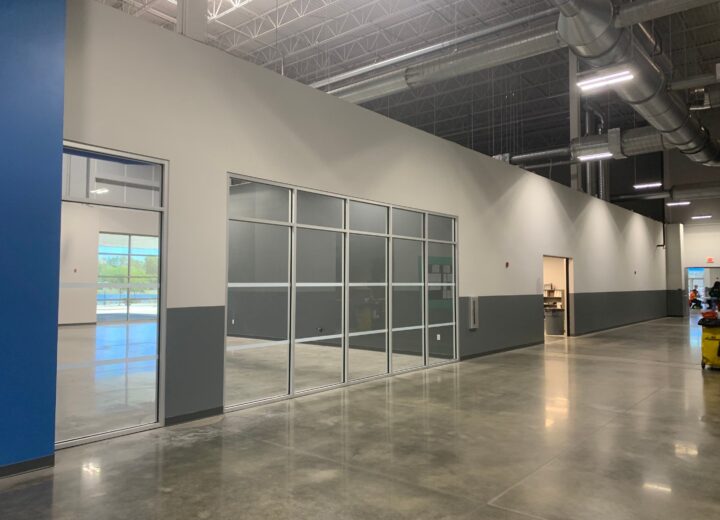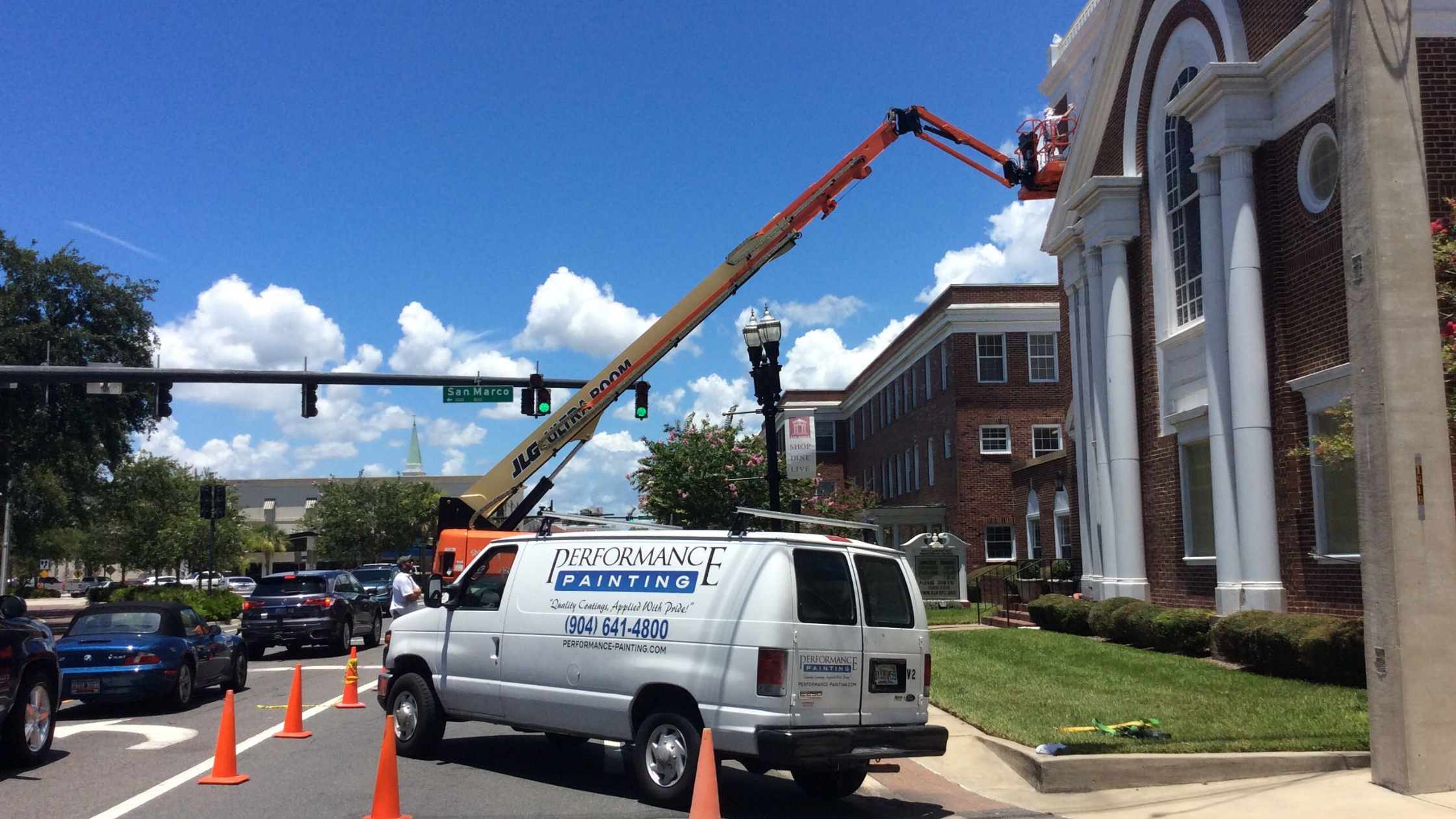 Recently, much attention has been given to the power of sea air and salt spray to erode centuries-old historical buildings.
Recently, much attention has been given to the power of sea air and salt spray to erode centuries-old historical buildings.
Articles are proliferating on the future of the Coliseum in Rome and other important landmarks vulnerable to deterioration through salt-rich water droplets carried by wind.
It may come as a surprise that modern buildings, constructed according to the latest building codes, are subject to many of the same dangers as these historical buildings. Any salt-rich locale can cause significant damage to a building’s facade and ultimately contribute to structural wear.
This damage is not limited to structures that sit directly on the waterfront. The moisture cycle can carry salt-rich droplets several miles from the nearest coast. As a general rule, if you can smell the sea within an hour of your apartment complex, the structure is vulnerable.
And seawater is not the only potential culprit.
Salt can also penetrate a structure in other ways:
- It can be present in gypsum and alkali sulfates in cement
- It can collect in mineralized groundwater beneath a structure
- It is an ingredient in de-icing agents that can seep into the ground
- The water cycle carries salt in rain, which is then evaporated by the sun
With this in mind, building managers must be aware of potential damage and how to limit it. That’s especially true in Florida, where the most desirable properties sit near the sea.
Salt Spray is One of the Most Serious Dangers to Residential Structures
Salt is both common and corrosive. Chemically, the salt associated with building damage is not very different from the table salt in your home. However, it has such a profound effect on building materials that it is a major focus of study for materials scientists.
Salt damage can be even more harmful than rusting. In fact, this damage is so significant that salt spray testing is used to test certain types of coated products, such as industrial equipment, against unexpected early failure related to salt spray.
This form of accelerated corrosion testing is used for industrial settings where high performance is required. Of course, the time horizon for damage to a residential complex structure is much longer – but the fundamental concern about early failure is very much the same.
Most residential structures are not protected against sea salt to the same degree as an industrial site would be. Coatings can defend a building exterior, but a “whole structure” approach is critical: Defects in the building’s outer envelope can contribute to salt accumulation, too.
Recent research shows salt damage is accelerated in buildings directly exposed to seawater spray and those that experience a wide variance in temperatures throughout the year.
In these cases especially, professional painting contractors can improve material longevity by applying the right exterior coatings. Over time, this can reduce maintenance costs by thousands of dollars.
What Can Salt Spray Damage Do to Your Building?
Salt curtails a structure’s service life in several ways:
1. Exterior Weathering and Visible Aging
Salt damage is sometimes called weathering to distinguish it from other forms of corrosion, such as oxidization. It mainly affects porous materials like concrete, brick, limestone, and sandstone.
Crystallization of salt within a building material’s porous structure can generate enough force to destroy surrounding material. This causes the exterior to break down over time.
2. Vulnerability to Mechanical Erosion
Weathering makes buildings more vulnerable to other stressors, such as the erosive action of wind and water. It also degrades infrastructure and support systems, like roads. In the U.S., about $450 billion is spent every year to repair salt damage to transportation systems.
3. Increased Moisture Penetration
Infiltration of environmental moisture into a building is a major issue for apartment complexes. Moisture can cause damage to interior walls and roofing systems. When moisture is allowed to accumulate through salt-damaged weak points, it can foster mold and mildew growth.
4. Safety and Health Violations
As dwellings, apartment complexes are subject to a variety of health and safety rules. Damage that may seem superficial can contribute to violations by making residents or employees more vulnerable to illness, pollution exposure, and other building system risks.
Protect Your Apartment Complex from Salt Damage with Performance Painting
At Performance Painting, we have years of experience in mitigating salt air environments for our clients. We take lessons learned from the toughest industrial settings and adapt them to help businesses and homeowners associations maintain the beauty and safety of their properties.
Commercial waterproofing services can curb moisture intake and salt accumulation for porous materials. Exterior and interior painting with appropriate primers and sealants inhibits weathering and slows color fading so exteriors require less ongoing maintenance.
In Jacksonville and throughout Tampa Bay, apartment complex owners trust us for the best in professionalism, quality, and customer service. Contact Performance Painting Contractors today to get your free project estimate.

